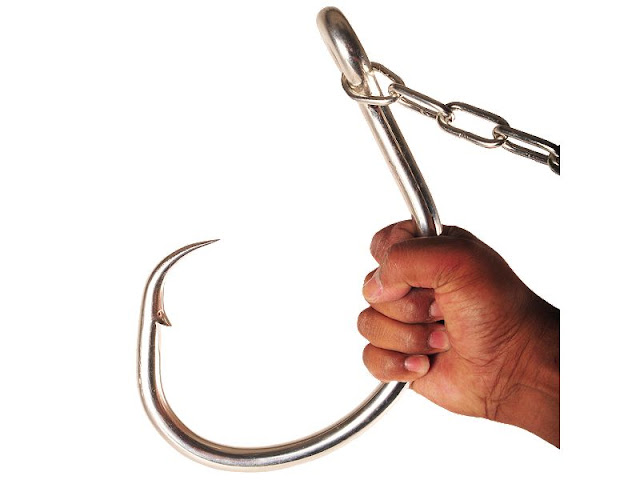Among the six and a half thousand languages of the world, the Polish language is widely regarded as one of the most difficult to master, and the English language one of the easiest. As a native speaker of English now into his eleventh month of Polish language study but quite unable to string together a coherent spoken sentence, I tend to agree.
If, for example, I'd chosen to learn French last August then I have no doubt that I'd be able to hold my own in conversation by now. Of course I'd trip up from time to time, struggling for the correct word for the context and putting my adjectives before my nouns instead of after, but really, French and English have so very much in common it would not have been such a trial.

As I quickly discovered, English and Polish have zero in common besides sharing the word 'zero'! They are as chalk and cheese...
Of course that's something of an exaggeration. The word 'no' is also shared. But in Polish it means, 'yeah!' Which can be rather confusing, and probably something that will always fox me given I cannot respond to 'no' as an affirmative having received it and used it as a negative all my life...
What they do share in common is bewildering complexities. English may seem easy but its spelling is not phonetic so the correct pronunciation of every single word must be learned by heart (woman, women!) and the critically important stress patterns that native English speakers apply naturally to every syllable of every word and every word in every sentence make speaking English very challenging for those not born to it.
Its grammar may appear easy, at first, but I can think of very few non-native speakers who know how to use stress correctly and believe me, it is everything, because in English a simple six word sentence can probably carry twenty different meanings depending on which words are stressed and how.
The complexity of Polish is not in the often bizarre looking clusters of consonants, as many might think when taking a cursory glance at a Polish text. With a little training, pronunciation of even the most horrendous string of letters is actually fairly easy because the Polish alphabet is entirely phonetic and without any exception I have discovered, words are spoken exactly as they are spelled, even to the point of double consonants (dd, bb, etc) being sounded twice. Hobby is 'hobuby', for instance.
As for stress. Well, by comparison with English, Polish stress patterns are a doddle. Just stress the penultimate syllable of every word and the last syllable (with a rise in pitch) of the last word of any sentence that asks a question.
The hardest thing for me is controlling my natural inclination to stress the words in a sentence as I would in English, and coping with the strictly limited range of vowel sounds. The language only possesses six, when I'm used to employing twelve!

No, its true complexity is in its frightening verb conjugation and its daunting seven-case grammar which demands that nouns and their adjectives (and even determiners such as 'my' and 'your' it seems) must all receive different endings depending on their function in the sentence. But even that is not the half of it...
You just wait till you have say 'hello', or worse...
'Goodbye'!











